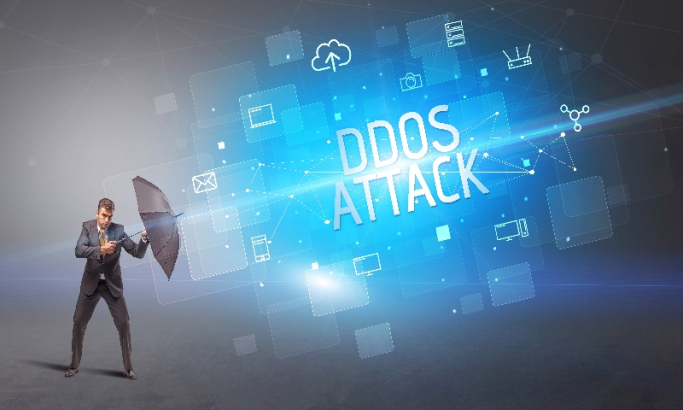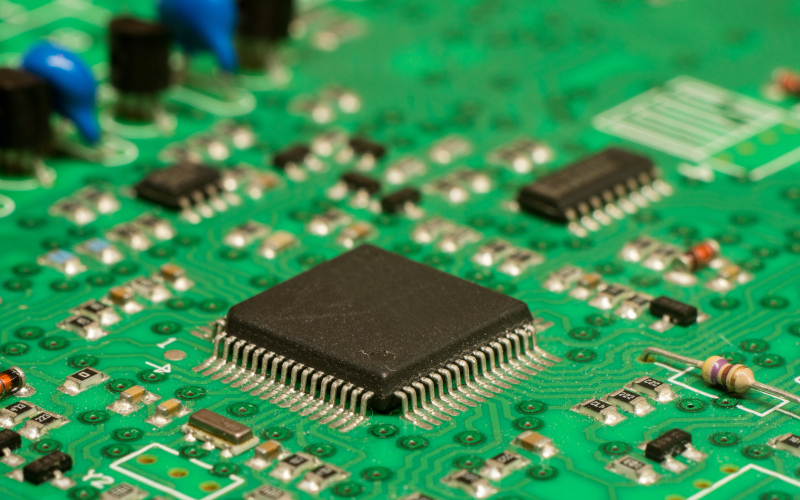
The physical protection of ports at hardware level within embedded systems allows control of the physical access interfaces, but what happens when these interfaces are necessary? Sometimes, access via JTAG or UART to systems is required for maintenance or modifications in different industrial processes. Thanks to these accesses, suppliers can access memory addresses to read or write, modify firmware, etc. Given the importance of these tasks, it is necessary to incorporate cybersecurity into the process and it is precisely on these measures that the subject of this article will focus.
Protection against fault injections, encryption of some memory sections within microcontrollers, or simple write protection are some of the defences that can be implemented to avoid problems within an industrial infrastructure
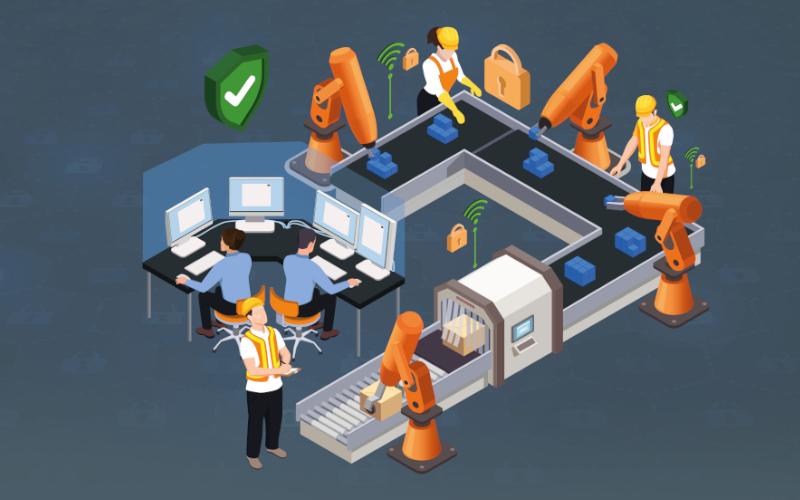
When talking about an endpoint device, we are talking about an end asset present at the network level. Among these devices we can find engineering stations (workstations), HMI, SCADA or PLC, among others.
The evolution of industrial environments towards models in which these equipment are connected, both with corporate networks and remotely with suppliers, for maintenance purposes, exposes them to new threats. That is why industrial endpoints must be properly and individually protected and at multiple levels so that they cannot be compromised. These end systems are key security hotspots because their vulnerabilities could affect other assets within the network.

A growing number of industrial companies are adopting vulnerability management on their devices and systems, in order to perform this management in a correct and efficient way, the first step is to create an asset inventory or update it. Some companies are looking for vulnerability management services to stay on top of the latest cybersecurity issues affecting their assets. In addition, we are also noticing an increase in the availability of tools and their implementation for vulnerability management.

The growth of cyberattacks suffered in the industrial world is very worrying, since it is a sector that until recently the vast majority of its devices were not connected to the Internet, so the implementation of cybersecurity had never been thought of.
But with Industry 4.0 all that has changed, since almost all devices are interconnected or have Internet connection creating many advantages, but also some problem.
That is why experts in this field have seen the need to improve and implement cybersecurity in the industry, for this they have created different models and applications. Some of these can be seen in the following article.

One of the most important activities in the industry is the industrial maintenance because it could extend the service life of devices. This activity has always been more mechanically oriented, but currently it might talk a new type of maintenance because the new industry technologies and increase of cyberattacks.
This maintenance is more related with the informatic world and in this article will be able to see the principals characteristics and the actions to be taken to ensure that it is carried out correctly.
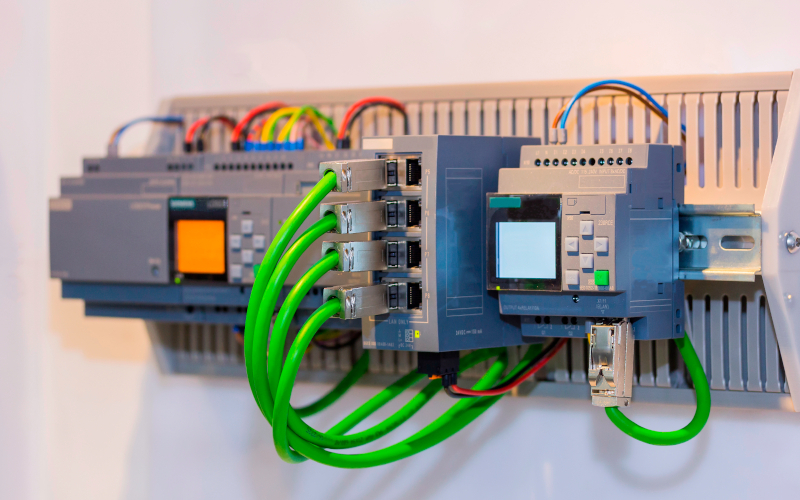
The programming of PLCs is a fundamental part of the initial phases when building and designing industrial plants. About that environment, the company will base all its operations in that environment making the configuration of these controllers a critical element. When it comes to programming these devices there are a series of steps and best practices that take advantage of the native functionalities available and that involve little or no need to resort to a PLC programmer, protecting the device in a simple way with minimum spend on resource.

In the year 2022 and as is reflected in the article “Industrial Security 2022 in numbers”, cyberattacks in all industrial sectors have increased by around 30 % in the third quarter of 2022 and it is estimated that the number of organizations or industrial manufacturers victims of a cyberattack was around 40% in the last year. Especially in the industrial sector, the number of attacks has grown exponentially due to the massive introduction of IoT devices (it is expected to go from 13.5 to 21.5 million connected devices in three years) or more specifically about IIoT devices, which have been the main gateway for attacks as manufacturers have prioritized features and mass-production of devices over the security. In addition, this is compounded by planned obsolescence planned (increasingly present in this type of devices), increased interoperability and connectivity and the appearance of new types of malware and exploits which are much more effective.
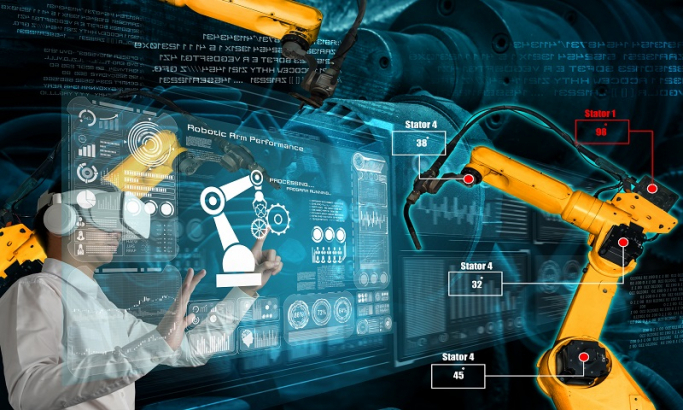
In recent years, the concept of machine learning has gained more prominence, mainly driven by advances in parallel computing capacity. More and more developments, applications and programs are using these algorithms to provide systems with greater security, intelligence and independence. However, it’s rarely used in industrial environments, although some recent tests and developments prove its effectiveness, including in the scope of detection and prediction of cyber attacks.



